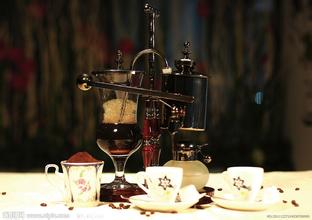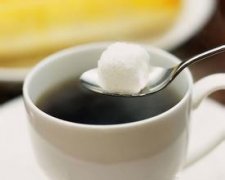General knowledge of boutique coffee beans in Ethiopian coffee Sidamo producing area
According to the four different production methods mentioned above, Ethiopian coffee can be divided into nine coffee producing areas, including five fine coffee producing areas: Sidamo, Yejia Shefei, Harald, Lim, and Lekamp, and four general commercial bean producing areas: Gemma, Ilubabo, Tiebi, and Bebeka. Each district has adopted the method of sunning or washing, and different processing methods also affect the flavor. Egypt has traditionally used the ancient solarization process, but after the introduction of washing technology in 1972, the proportion of washed beans has gradually increased over the past 30 years. Currently, solarization accounts for about 80% and washing accounts for about 10%. Sidamo and Yejia Xuefei are mainly washed with water, supplemented by oral drying, while Limu and Tiebi are mainly washed with water. Sun-baked beans are mainly Harald, Gemma, Liekamp and Ilugbo.

West Damo: 1, 400~2, 200 meters above sea level, is a famous boutique coffee area in southern Egypt, bordering Kenya, there are two kinds of washing and sun. Washed dipyridamole was light green, beans are not large, was long oval. On the palate, citrus notes with hints of berries are evident, as well as pleasant elegant sweet and sour notes, grape sweetness and chocolate aftertaste. The beans of Xidamo in the sun are yellowish green, the beans are not neat, and the common lack of carob beans. The well-processed sun-cured citridamole flavor is not discounted, in addition to the citrus fragrance of washed beans, more of a rich fruity flavor. This is related to the coffee beans wrapped in the pulp drying, fermentation for up to two weeks, this flavor is generally washed beans do not have. However, once the sun is not properly handled, it is easy to have an earthy smell, and the elegant aroma is lost. Sun-baked beans are not top grade if they don't have a strong fruity flavor.
There are many legends in this area. The lost treasure of King Solomon is said to be buried in the Deva Valley in the south. The forest here is dense, and there have been wild coffee forests since ancient times. Farmers select good coffee tree varieties from forest land and transplant them to their own farmland, which is a major feature. Chakiso is the most famous coffee growing area in the south of West Damo. Coffee tastes like lemon and honey.
Important Notice :
前街咖啡 FrontStreet Coffee has moved to new addredd:
FrontStreet Coffee Address: 315,Donghua East Road,GuangZhou
Tel:020 38364473
- Prev

Detailed analysis of forest and semi-forest system of four major cultivation systems of Ethiopian coffee
Forest coffee (Forest Coffee): wild coffee, which accounts for 10% of Ethiopia's national output, is distributed in the wild coffee forest areas of the west and southwest, also known as the Kafa forest. The dense trees here provide the most natural shade for coffee trees and do not need manual care. Mother Earth is in charge of birth, aging, sickness and death, and coffee farmers can go directly to the woodland to harvest. Hansen
- Next

Basic knowledge of boutique coffee beans in Ethiopian coffee Yega Xuefei area
Yega Xuefei is a small town with an elevation of 1200 to 2100 meters, which is also synonymous with Ethiopian boutique beans. Since ancient times, it has been a wetland, the ancient saying Yega means to settle down, and Sheffield means wetlands, so Yega Xuefei means to let us settle down in this wetland. Strictly speaking, Yega Xuefei is a by-product area of Sidamo. The town is located in the northwest of Sidamo, by the mountain.
Related
- Beginners will see the "Coffee pull flower" guide!
- What is the difference between ice blog purified milk and ordinary milk coffee?
- Why is the Philippines the largest producer of crops in Liberia?
- For coffee extraction, should the fine powder be retained?
- How does extracted espresso fill pressed powder? How much strength does it take to press the powder?
- How to make jasmine cold extract coffee? Is the jasmine + latte good?
- Will this little toy really make the coffee taste better? How does Lily Drip affect coffee extraction?
- Will the action of slapping the filter cup also affect coffee extraction?
- What's the difference between powder-to-water ratio and powder-to-liquid ratio?
- What is the Ethiopian local species? What does it have to do with Heirloom native species?

